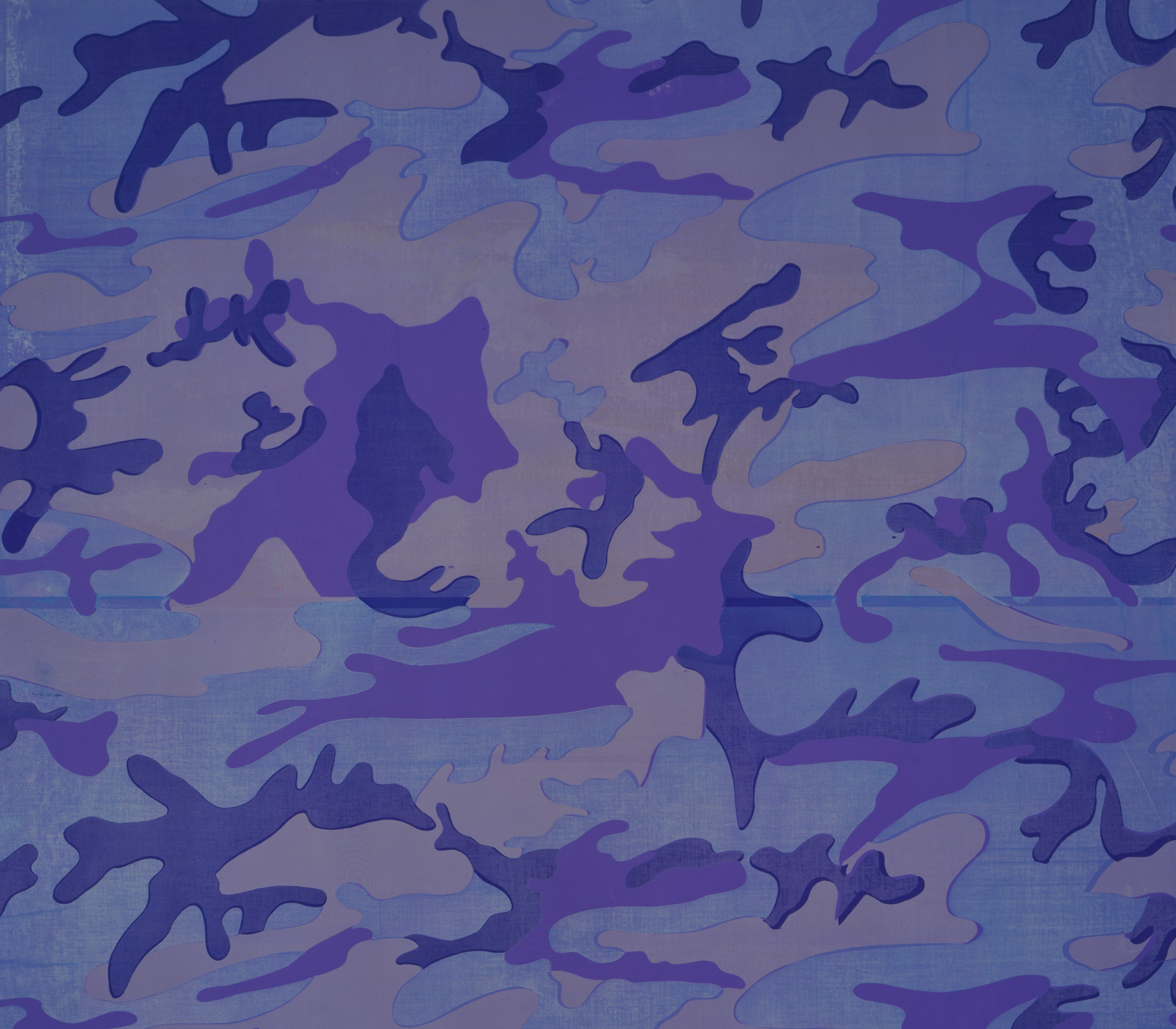Case Study: Modalities of Change, Thomas Lawson, East of Borneo
2009 was a big year for me; I became a US citizen, was awarded a Guggenheim, and broke off from a 7-year partnership with Afterall to launch into the intense planning stage for a new online publication, East of Borneo. These changes were all a long time coming – I’ve lived in the US since 1975, I don’t want to think about how many times I applied to the Guggenheim, and the relationship with Afterall had been foundering on budgets and philosophy for several years.
The story arc really begins a year earlier, in the summer of 2008, as I began a six-month sabbatical from CalArts. Being temporarily free of all the varied and multi-dimensional demands of administering an art school, I was able to give full concentration to the paintings I was doing in my studio. And once in the painting zone, my mind began to circle around several points of irritation regarding the Afterall project. My involvement with this had begun in 2001, when two friends of mine, Charles Esche and Mark Lewis, asked if I would like to join them editing their still relatively new journal. They were looking for a way to expand their reach beyond Europe, and I was interested in re-entering the art magazine publishing business. We agreed to a loose partnership amongst us, anchored in an agreement between CalArts and Central St Martins, the art college in London that was their base. I traveled to London to meet my counterpart, the dean at Central St Martins, enjoyed convivial cocktails on board his houseboat on the Thames, and shook hands on a deal. My first mistake: never shake hands on a deal, always sign a contract.
But despite that the first years were great, intense but great. We debated hard about the role of art in the age of Bush’s War on Terror, pushed back and forth on the differences of view from each side of the Atlantic, and came up with a curious selection of interesting artists to cover. But after five years or so things began to unravel. Some of this had to do with the fluctuating, and ever-rising costs of doing business in three currencies (the dollar, pound and euro) while producing a nicely turned out print journal. Some had to do with what I’ll call evolving differences in the interpretation of the idea of partnership. But the heart of the problem lay in the rigorous but arbitrary editorial model that required us to pick five artists to discuss in each issue. We all began to sense an emptiness to that gesture, but we were increasingly unable to see a way to resolve the problem.
By the summer of 2008 there was a recession underway, not yet the ‘Great Recession,” but sales were down, advertisers were showing reluctance, and the dollar was losing value against the European currencies. We convened a meeting to discuss options; I wanted to further explore the web (we already had an online presence, but it was dysfunctional), my colleagues in London wanted to do more books, and make the journal more academic. Not a good meeting, and we continued arguing long distance through the Fall, as Bear Stearns and Lehman Brothers collapsed and the entire financial underpinning of the artworld came under threat of extinction. But because I was on sabbatical I had time to think, and Stacey Allen (who had begun working with me the year before) and I began to really consider what we would want to do if we were doing it apart from Afterall. We brainstormed with writers and web people in Los Angeles, and slowly began to draw up a plan for a publication that would use the possibilities of web design to create an much more interactive reading experience, a site that would allow our readers to participate in building a collective, and current history of art in Southern California.
I remember a moment of clarity. In January 2009, just after the Obama Inauguration, we were in New York for a meeting with our fellow Warhol Initiative editors. Ben Aase was leading us through an exercise on ways non-profits might survive an economic downturn, which everyone now understood to be catastrophic. The method was a questionnaire, and it was increasingly uncomfortable. What was our core mission, what could be pared back? Who was our target audience, and what did they want? What was essential in our budget, and what could be cut without destroying the entire project? I didn’t have good answers for any of these questions, and staring at the pages before me, understood our partnership with London was doomed.
We struggled on for a few more months, genuinely seeking a way to reform the Afterall project into something with more relevance to Los Angeles, and to our sense of priorities. But at the same time we were ever more determined to develop the much more exciting prospect of an entirely new publication that would give shape to a more defined mission and clearer sense of audience, and audience participation, all the while harboring the dream that such a new thing might even cost less. By May we had an intriguing, resonant new name – East of Borneo – and had announced to our partners that we were moving on. By June we were embarked on the arduous, complex, but completely rewarding process of developing a new kind of interactive web-based magazine, a process that took about 16 months to realize. We launched in November 2010, and almost immediately began thinking of ways to improve and develop it – a new version will debut in Fall 2011. And I suspect further updates will follow from that, since one of the great wonders of the web is its relentless dynamism.
Thomas Lawson
Editor
East of Borneo, Los Angeles, CA


